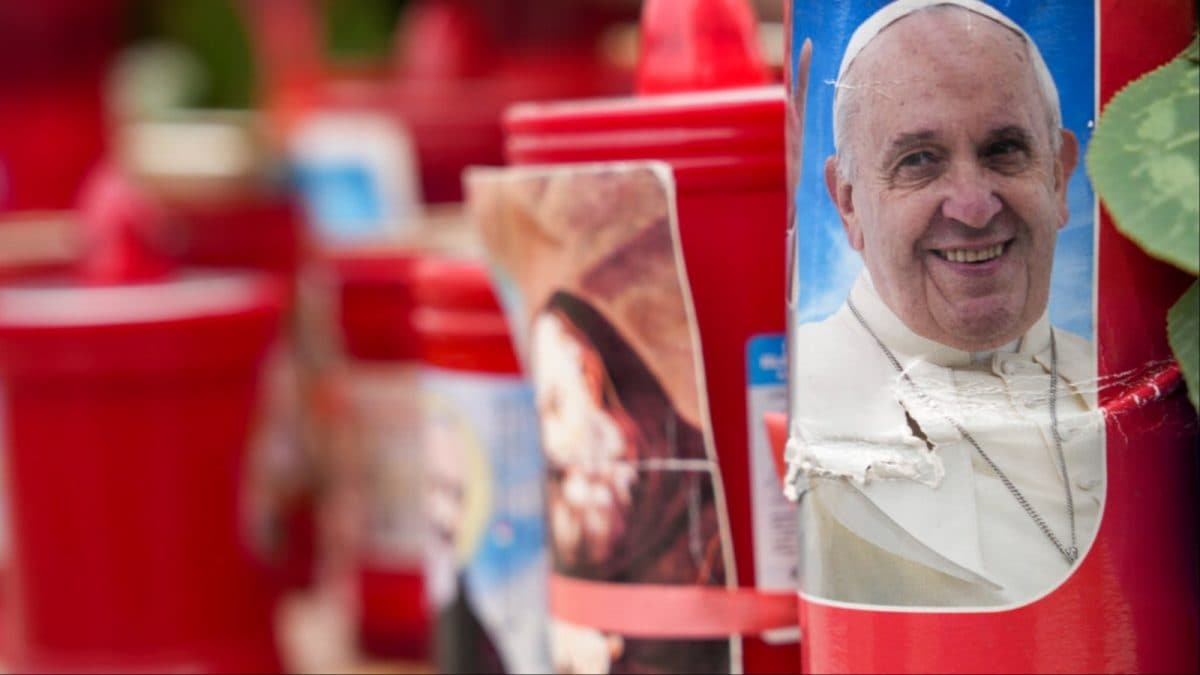Last Updated:December 31, 2024, 13:05 IST
In 2017, a woman filed a lawsuit against Sephora alleging that she contracted oral herpes (Human herpes virus 1 or HSV-1) from sampling lipstick. Prince Harry says sharing lipsticks is "an American thing", pretty common among girls raised in 1990s California.

Kate Middleton reluctantly agreed to share her lip gloss with Meghan Markle. (Credit: Getty images)
Are you hesitant about sharing your lipsticks or trying on one at a makeup counter? Princess Kate Middleton too was “taken aback" when Meghan Markle asked for her gloss.
Well, saying no is the best thing to do. Those going out for parties on New year’s eve are advised to carry their gloss. And in case you forget, just be the way you are. No-lipstick look is far better than contracting diseases like oral herpes.
In 2017, a woman filed a lawsuit against Sephora to the Los Angeles Superior Court alleging that she contracted oral herpes (Human herpes virus 1 or HSV-1) from sampling lipstick at their Hollywood and Highland store in October of 2015.
Meg & Kate ‘Clash of Styles’
Apparently, sometime in 2018, Meghan Markle and Kate Middleton were at an event together, and Meg forgot her gloss. Thinking that her soon-to-be sister-in-law would be happy to give her some, Meghan asked if she could borrow a tube.
Prince Harry says sharing lipsticks is “an American thing", pretty common among girls raised in 1990s California. The Duke of Sussex, in a passage from his tell-all memoir, “Spare", says that Kate reluctantly agreed to Meg, who forgot hers.
“Kate, taken aback, went into her handbag and reluctantly pulled out a small tube. Meg squeezed some onto her finger and applied it to her lips. Kate grimaced. Small clash of styles, maybe," Prince Harry wrote.
Lipstick Sharing And Diseases
Experts say viruses and bacteria can linger on sticky surfaces like lipsticks, balms and ointments for hours to days, so it’s important to not gloss over the risks.
A report in The New York Times quoted Dr Laleh Gharahbaghian, a clinical professor of emergency medicine at Stanford Medicine, as saying that some pathogens spread more easily than others, and they can last on surfaces for varying amounts of time.
Type of Bacterium And Duration of Persistence (range)
Acinetobacter spp. : 3 days to 5 months
Bordetella pertussis: 3 – 5 days
Campylobacter jejuni: up to 6 days
Clostridium difficile (spores): 5 months
Chlamydia pneumoniae, C. trachomatis: ≤ 30 hours
Chlamydia psittaci: 15 days
Corynebacterium diphtheriae: 7 days – 6 months
Corynebacterium pseudotuberculosis: 1–8 days
Escherichia coli: 1.5 hours – 16 months
Enterococcus spp. including VRE and VSE: 5 days – 4 months
Haemophilus influenzae: 12 days
Helicobacter pylori: ≤ 90 minutes
Klebsiella spp. : 2 hours to > 30 months
Listeria spp. : 1 day – months
Mycobacterium bovis: > 2 months
Mycobacterium tuberculosis: 1 day – 4 months
Neisseria gonorrhoeae: 1 – 3 days
Proteus vulgaris: 1 – 2 days
Pseudomonas aeruginosa: 6 hours – 16 months; on dry floor: 5 weeks
Salmonella typhi: 6 hours – 4 weeks
Salmonella typhimurium: 10 days – 4.2 years
Salmonella spp. : 1 day
Serratia marcescens: 3 days – 2 months; on dry floor: 5 weeks
Shigella spp. : 2 days – 5 months
Staphylococcus aureus, including MRSA: 7 days – 7 months
Streptococcus pneumoniae: 1 – 20 days
Streptococcus pyogenes: 3 days – 6.5 months
Vibrio cholerae: 1 – 7 days
Explaining staph infections, Dr A Yasmine Kirkorian, the chief of dermatology at Children’s Hospital in Washington, DC, was quoted as saying staphylococcus bacteria can cause swollen, painful, fluid-filled sores; the pus that leaks out can be contagious.
Besides bacteria, there are viruses. Reports suggest that respiratory viruses (e.g., coronavirus, coxsackie virus, influenza virus, or rhinovirus) can survive for a few days on inanimate objects and gastrointestinal viruses (e.g., astrovirus, HAV, polio virus and rotavirus) for two months.
Dr Tina Bhutani, a dermatologist at the University of California, San Francisco, was quoted by NYT: “There is a larger risk of spreading the herpes simplex virus, which can cause cold sores. People with oral herpes are most contagious when they have active cold sores — so if you borrow lip balm from a friend who has the telltale fluid-filled blister, you run the risk of also contracting herpes."
People can spread herpes even when they don’t have a flare-up, though the risk is lower, she added.
Location :London, United Kingdom (UK)
First Published:December 31, 2024, 13:05 IST
News lifestyle Borrowing Friend's Lipstick For New Year's Party? Lesson From Meghan Markle, Kate Middleton 'Clash'

 1 month ago
1 month ago















